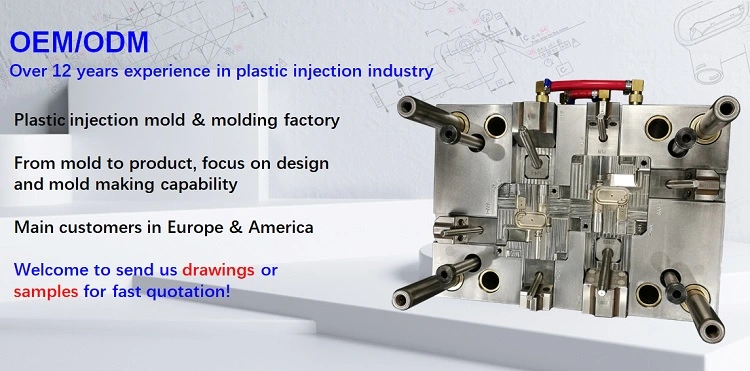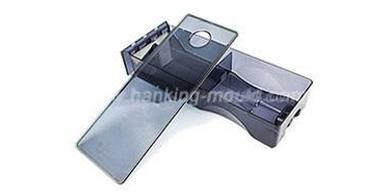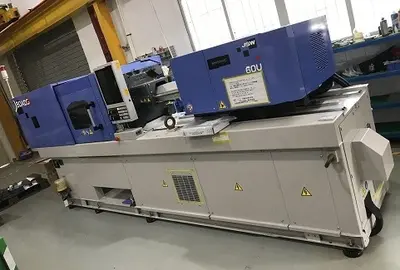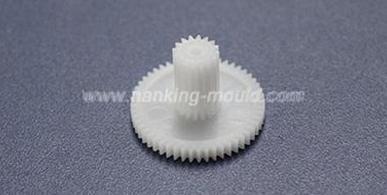

Jetting, also called worm tracks or snake-like patterns, appears as curvy flow lines on molded parts from the gate. Normally, molten plastic fills the cavity via "fountain flow" (Figure 2), but when it rushes through narrow areas (nozzle, runner, gate) into a wider cavity, it forms jet streams. These jets cool rapidly on contact with the mold wall, creating poor weld lines and surface defects. Jetting stems from mold design flaws and material viscoelasticity.
Narrow gates force melt to high speeds, creating pressure surges. As melt exits the gate into the cavity, resistance drops, causing sudden expansion and jetting.
Smaller gates increase pressure differences, intensifying jetting. Larger runners before narrow gates amplify this effect.
Polymer melts exhibit die expansion (extrudate swells beyond die size). Fillers like talc or glass fibers reduce viscoelasticity, increasing jetting risk—more fillers mean higher susceptibility.
Enlarge Gate Size: Wider gates reduce melt velocity, minimizing pressure surges and jetting.
Relocate Gates: Position gates to promote uniform flow, e.g., near thick walls or corners to avoid direct cavity entry.
Change Gate Type: Switch to fan gates, tab gates, or film gates to distribute flow and reduce jetting (e.g., fan gates spread melt laterally).
Reduce Injection Speed: Slower speeds (10–30 mm/s) decrease melt velocity through gates, preventing jet streams.
Increase Melt Temperature: Warmer melts (5–10°C rise) lower viscosity, promoting even flow and reducing jetting.
Raise Mold Temperature: Warmer molds (20–40°C) slow cooling, allowing better melt fusion and weld line strength.
Boost Holding Pressure: Higher holding pressure (50–70% of injection pressure) compensates for shrinkage, improving surface uniformity.
Enhance Viscoelasticity: Use higher-viscosity resins (e.g., PC over PP) to reduce flow instability. For filled materials, balance filler content to avoid excessive viscoelasticity loss.
Minimize Gas Content:
Dry hygroscopic resins (e.g., nylon) thoroughly before molding.
Reduce additive usage and optimize screw design to minimize gas entrapment during blending.
Mold Design: Prioritize gate size, type, and location to promote uniform flow.
Process Control: Adjust speed, temperature, and pressure to stabilize melt flow.
Material Selection: Choose resins with balanced viscoelasticity; limit fillers for jet-sensitive applications.
Jetting defects require a multi-faceted approach, integrating mold engineering, process optimization, and material science to ensure smooth, defect-free molding.
We specialize in custom plastic injection mold production service and injection molding processes for 20 years, contact yoyo@hanking-mould.com for your plastic products projects.







 Call us on:
Call us on:  Email Us:
Email Us:  No.23, XingYi Road, Wusha Community, Chang'an Town, Dongguan City, Guangdong Province, China.
No.23, XingYi Road, Wusha Community, Chang'an Town, Dongguan City, Guangdong Province, China.